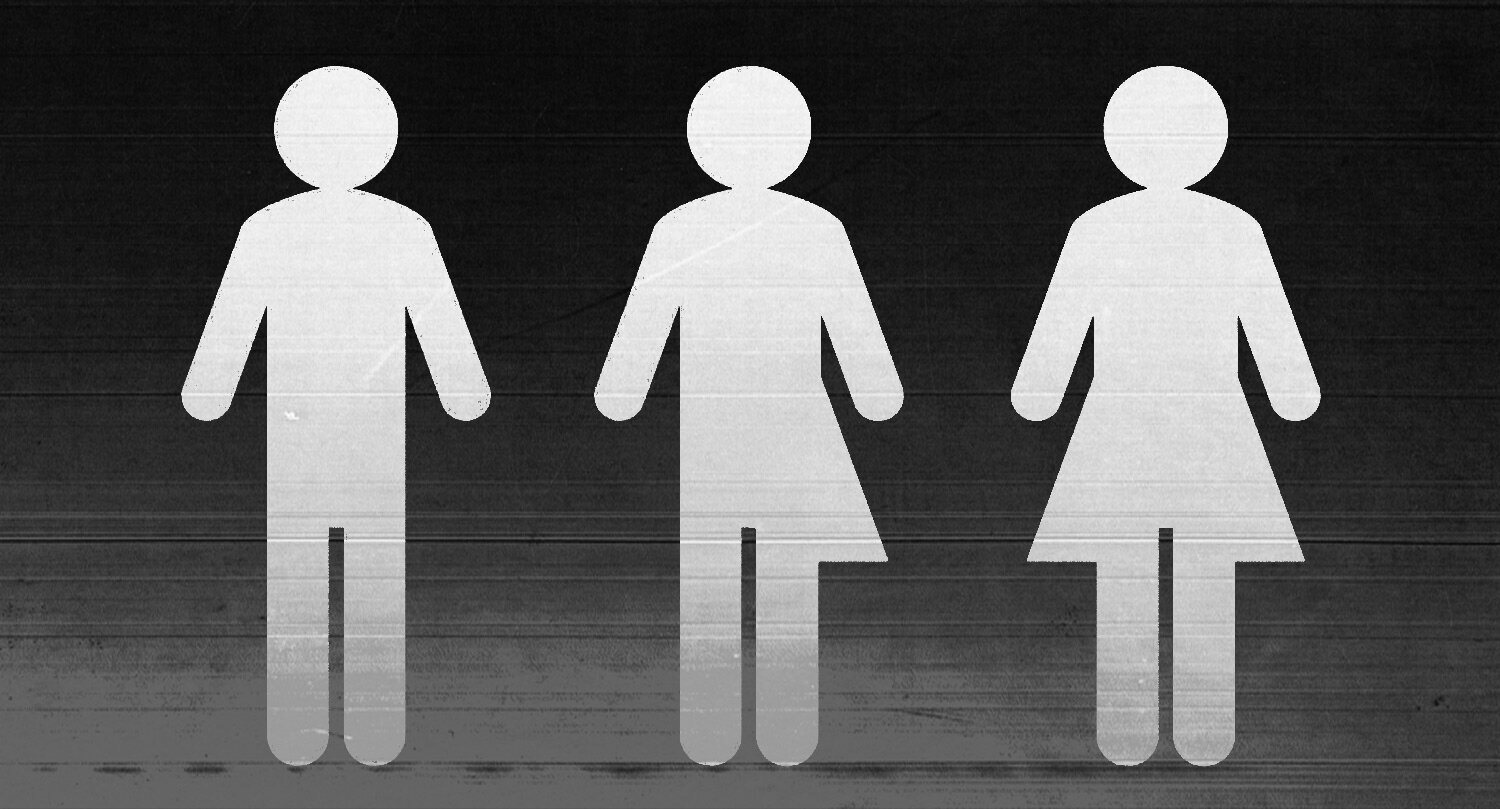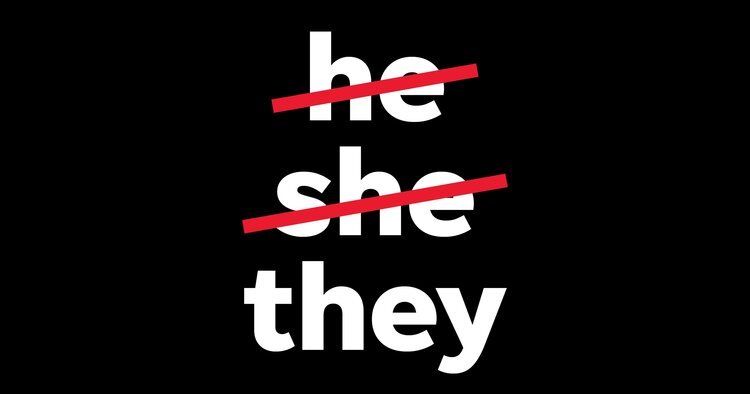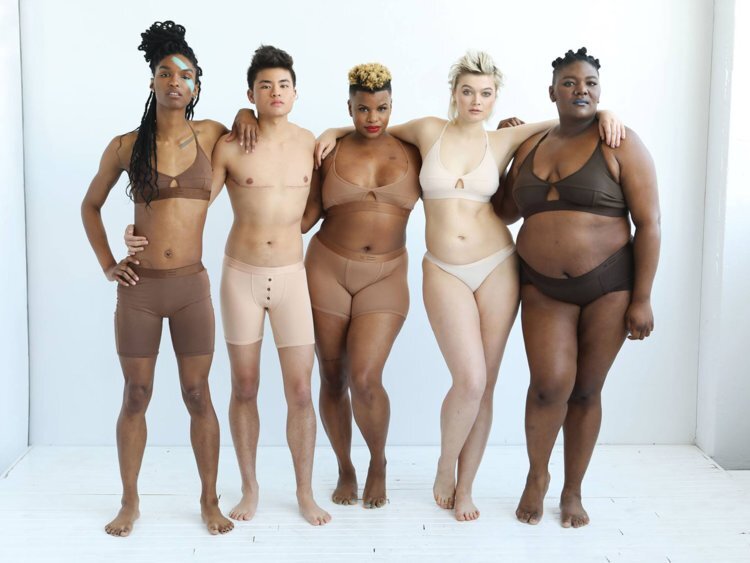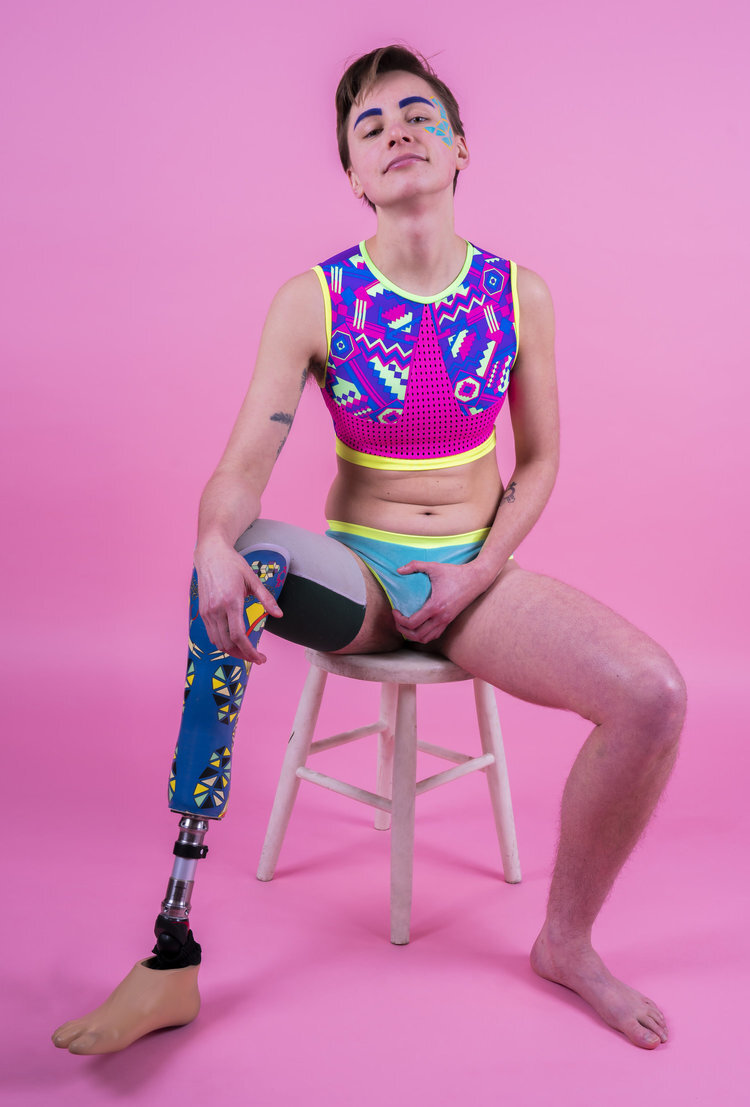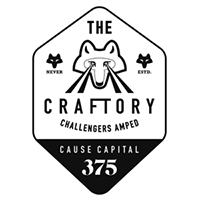Gender Neutral retail: Revolution or more of the same?
Gender is a hot topic, and a cultural movement toward fluidity has seen rapid progress in the past three years. As a result of legal changes, waves of positive feminism, wider exposure to queer culture, greater visibility of the trans community and the self-nomination of cis-hetero people as allies, we are witnessing a moment of real constructive change. Gender is no longer classified just biologically but can be seen as a construct of the mind; it’s about how people think of themselves.
We are seeing the lines between traditional male and female binaries becoming increasingly blurred and nowhere is this more apparent than in what we choose to wear.
The new mainstream
The rejection of binary aesthetics and the restrictive ideas that underpin them is starting to move into mainstream fashion and apparel. The past five years have seen a number of high street brands creating gender-neutral collections. Permission for women to incorporate ‘unisex’ into their gender expression has never been more widely accepted.
The rise of mainstream gender-neutral collections from the high street incumbents is a big step but is it truly gender queer? Female models don masculine styles in ‘neutral’ colours, but the male models continue to look the same as ever. Is this really radical? It’s been socially acceptable for women to dress in men’s clothes for a long time, however, the reverse is still very much not the case.
Underwear is a great example as it’s among the most individual and personal items of clothing. For incumbent underwear retailers female underwear is sexualised, secretive, or coy. It can be many things such as cute, flirtatious, domineering, high performance or focused on enhancement. Mainstream male underwear on the other hand rarely has as much personality and is either purely practical or traditionally straight.

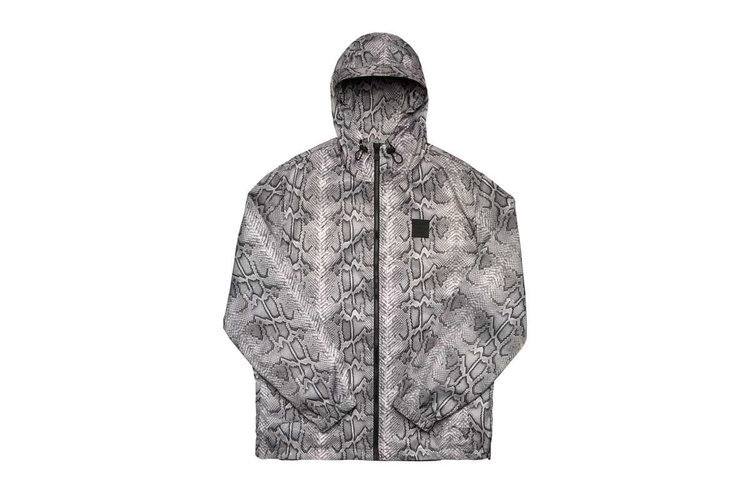
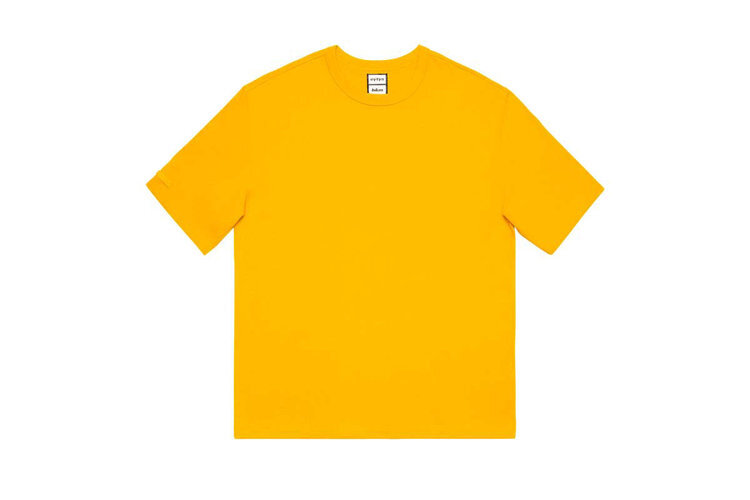


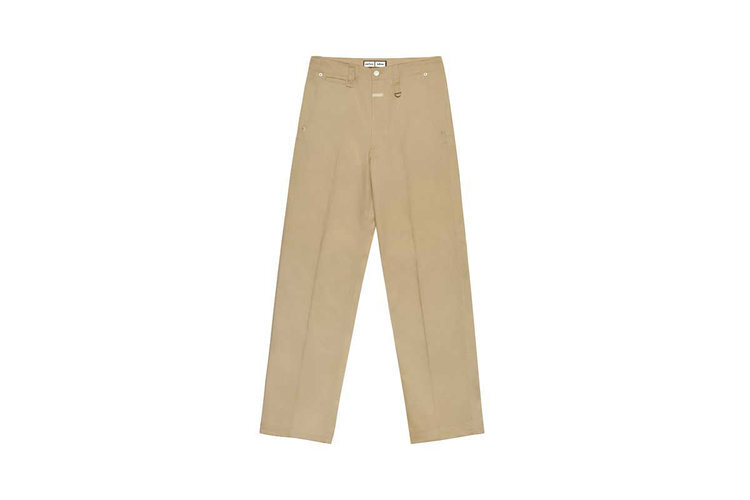

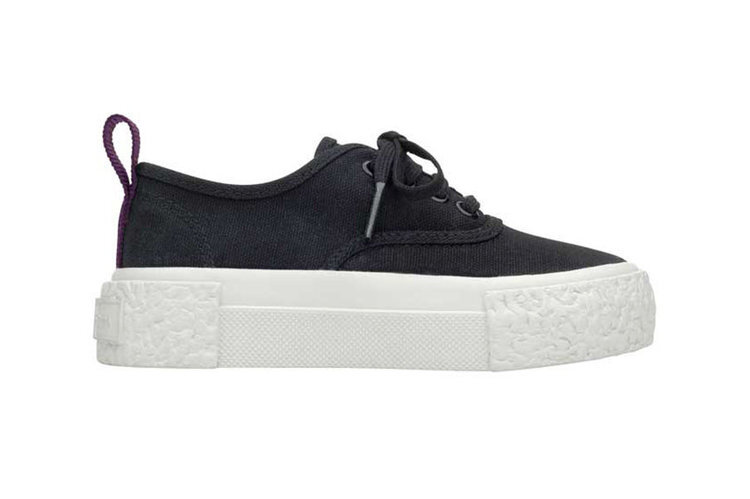
Above: Items from H&M/Eytys gender-neutral collection (2018)
H&M and Eytys gender-neutral collection from 2018 is dominated by men’s styles made available in a wider range of sizes. No doubt, size inclusivity is good thing but there’s got to be more going on. What about fit testing, re-engineering of cut to disguise the body or clash styles with silhouettes? What about high performance fabrics that open up styles to different body shapes? Or even stereotypically female patterns and silhouettes redesigned for the male form?
The truth is the current crop of high street ‘unisex’ collections only reinforce the notion that gender cross-over is one dimensional: Female to male is OK but male to female is too much. It is this silent contradiction that is undermining the high street attempts at fashion fluidity.
In general, rejection of the male-female fashion dichotomy still means women’s styles co-opting the men’s section; old signposts and signal values still exist for the most part. For many who are trans, non-binary, gender non-conforming or in fact anyone who is simply bored of these reductive stereotypes, a shopping trip for the most basic essentials can lead to disconnection and at worst dysphoria.
Gender is a spectrum
When gender is seen as a spectrum, and masculinity and femininity are celebrated in this way, truly progressive brands can proactively challenge for something more. The legacy of fear around men wearing clothing with feminine accents can be addressed, and the societal discomfort towards this perceived erosion of masculinity can be challenged.
Gender neutrality doesn’t mean losing only female signifiers, or adopting a plain colour palette. For the brands that are serious about fighting for liberation from gender ties, it is not about doing away with ‘male’ or ‘female’ altogether, but rather with understanding and providing for a spectrum of gender expression.
Gender identity is a shifting thing, and if it is constructed in the mind instead of biologically, it is infinitely nuanced by individual. Gender fluidity is no longer synonymous with sexuality, it is not even a visual style, but is a way to read the world. Apparel is a hugely powerful tool for exploration as more and more of us push against gender boundaries. Brands that provide the tools for people to find their persona, to play through clothes and with gender are truly in the spirit of free expression, truly gender queer.
Three brands breaking new ground:
Tomboy X
Image © TomboyX
Gender Neutral underwear, fit tested and tailored for a broad range of sizes, black/white/grey/nude colours, brights and patterns.
Image © Rebirth Garments
Gender non-conforming wearables and accessories for people on the full spectrum of gender, size and ability.
Image © Tack & i-D Magazine
Non-gendered clothing and accessories that go way beyond the ‘male styles for women’ convention.
This post was co-written by JP Thurlow and Alice Schulz.
Alice Schulz is a Content Specialist at Semetrical the digital and content marketing agency.
JP Thurlow is a Partner at The Craftory, the alternative investment house on a $300M mission to back the world's boldest CPG challenger brands.

